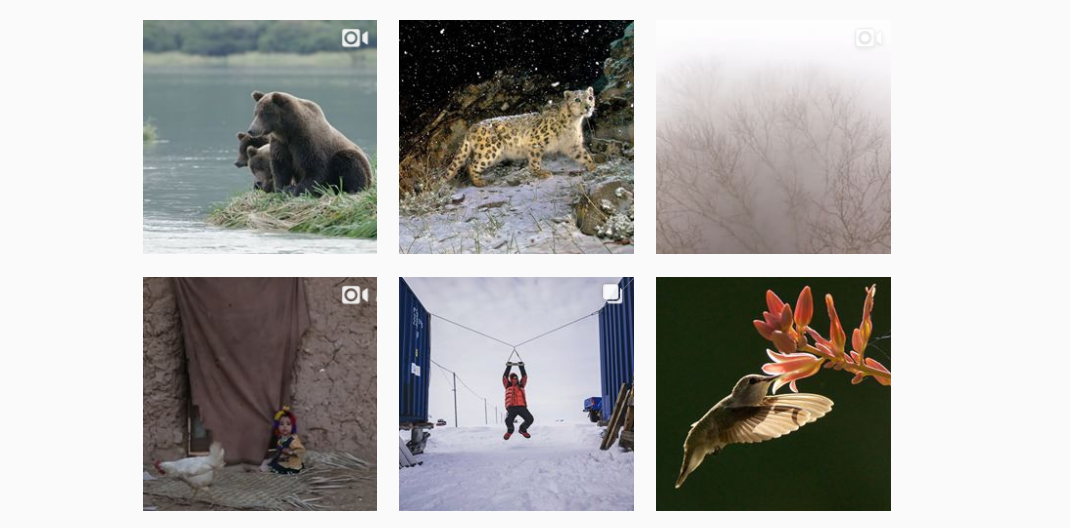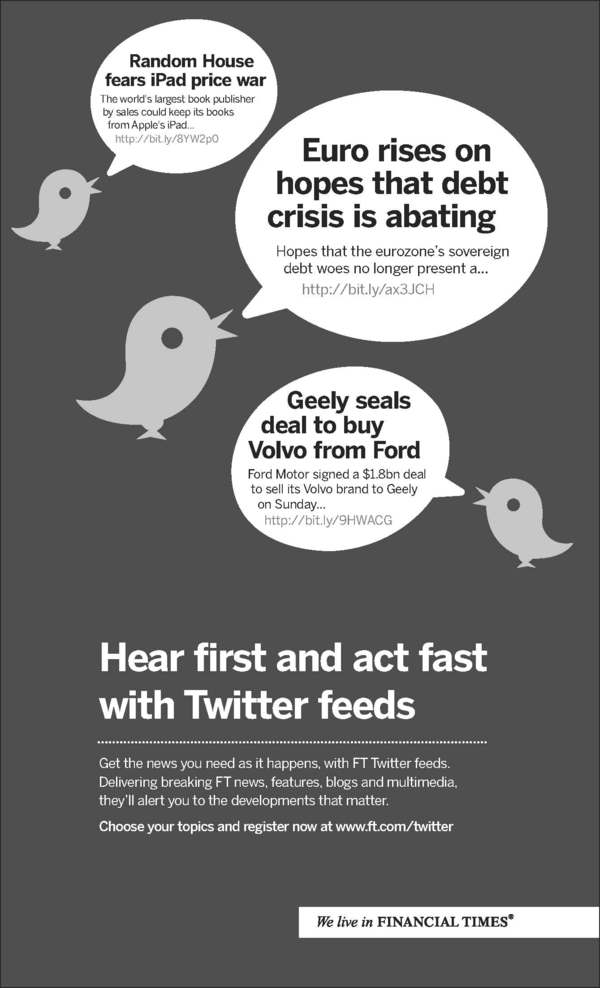Claves
Estas son las fotografías más populares de NatGeo en Instagram
Por Kevin Morán
Publicado el 24 de diciembre del 2017

National Geographic compartió una selección de 18 fotografías, las más populares, de su cuenta de Instagram, que es seguida por más de 83,7 millones de personas. Es un gran regalo para todos.
Estas son las 18 fotografías:
https://www.instagram.com/p/Bbz8n3SDIeR
https://www.instagram.com/p/BbZMM0IjC2q
https://www.instagram.com/p/BceylHujELW
https://www.instagram.com/p/BYFTQGYD1Ie
https://www.instagram.com/p/Bbl8f0WDKaB
https://www.instagram.com/p/BcnTCRIDRI2
https://www.instagram.com/p/BbKsFKRjpHu
https://www.instagram.com/p/BZ2XamVD33P
https://www.instagram.com/p/BcgAogTDuto
https://www.instagram.com/p/BSi5jv2jXWr
https://www.instagram.com/p/BVE33w2DWmc
https://www.instagram.com/p/BYEIdjiD9Hg
https://www.instagram.com/p/BXEuinbDHPi
https://www.instagram.com/p/BccADWpDDdz
https://www.instagram.com/p/BQNV9cMFEWF
https://www.instagram.com/p/Bamym8tj552
https://www.instagram.com/p/BcTsF6eDIiB
https://www.instagram.com/p/BU2OdzXjSia
Publicado por:
Kevin Morán
Periodista especializado en social media y comunicación política. Colaborador de Clases de Periodismo. Estoy en las redes sociales como @Kevac11
Sígueme
COMPATIR EN REDES
NOTICIAS RELACIONADAS

Financial Times promueve su Twitter en un aviso en papel
Financial Times promociona su Twitter en un aviso. Nuevos tiempos.
01-04-10
FBI: Estado Islámico se prepara para secuestrar periodistas
Los periodistas deben tener cuidado en zonas de conflicto. La Oficina Federal de Investigaciones de EE.UU. (FBI) advirtió que los grupos extremistas afiliados al Estado Islámico están preparando operaciones para secuestrar periodistas, informa The Washington Post.
23-10-14
Twitter aumenta el número de usuarios para seguir
Los usuarios de Twitter quizá no se han dado cuenta, pero tenían solo un inconveniente: solo era posible seguir un máximo de 2000 cuentas. Pero eso se acabó.
28-10-15